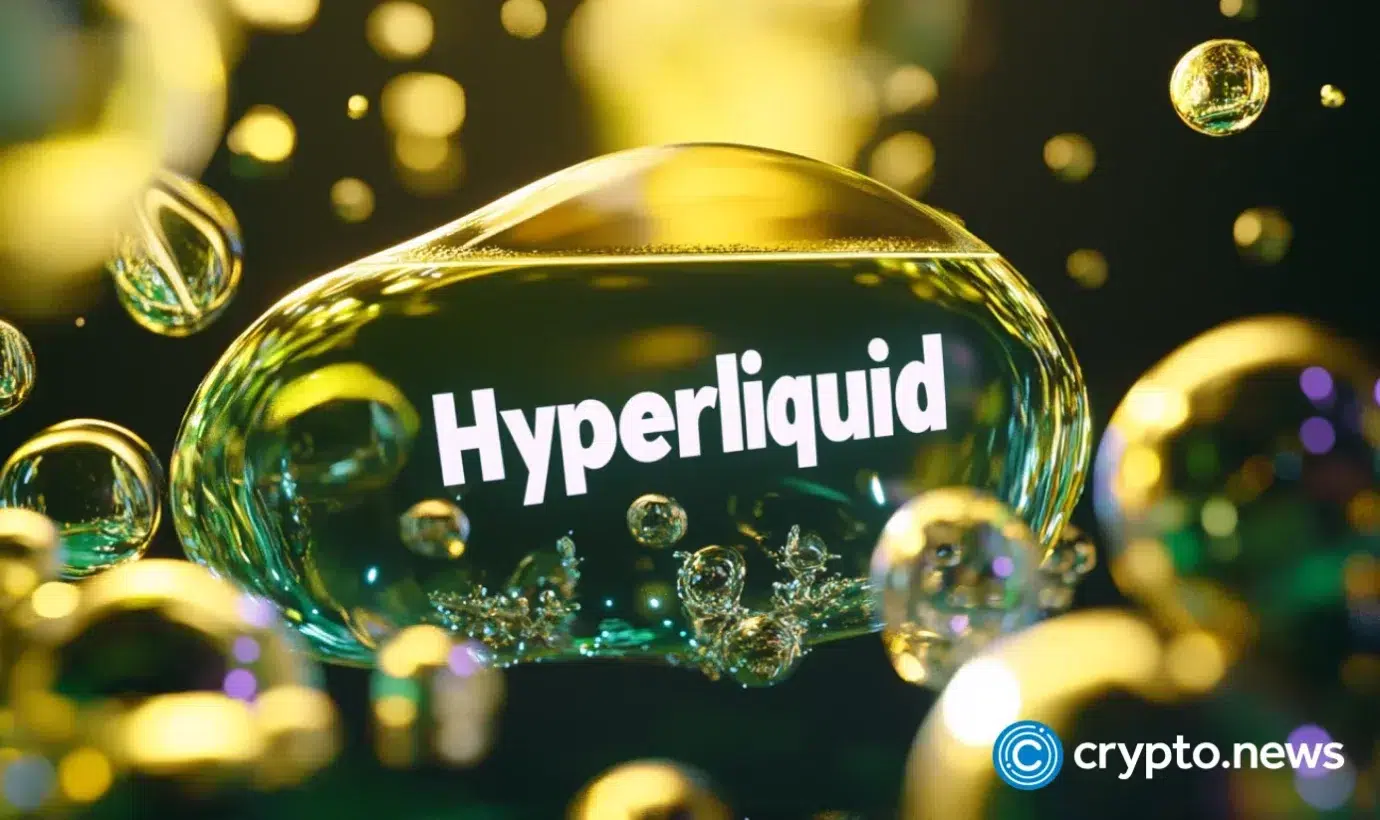

Hyperliquid has achieved a record price, driven by the announcement of a stablecoin launch and strong institutional support.
Summary
- Hyperliquid reached an all-time high after a series of crucial announcements
- The Singapore-based fintech Lion Group is transitioning from Solana and SUI to Hype
- The protocol is gearing up for significant technical enhancements and the launch of its own stablecoin
On Monday, September 8, the price of Hyperliquid (HYPE) soared by 7.5%, hitting an unprecedented high of $51.89. With a market cap of $16 billion, HYPE is now the eleventh-largest cryptocurrency, surpassing Chainlink (LINK). This surge was attributed to several key factors, including strong backing from an institutional investor, network enhancements, and plans for a stablecoin.
On the same day, the Singapore-based trading platform Lion Group announced its plan to exchange its holdings of Solana (SOL) and Sui (SUI) for HYPE tokens. The Nasdaq-listed firm, which focuses on alternative investments, stated that HYPE offers better long-term prospects compared to both Solana and SUI, even describing it as “the most compelling opportunity” in the DeFi space.
Lion Group expressed its intention to gradually convert its SOL and SUI assets into HYPE, strategically buying in during price dips. This shift represents a significant endorsement of Hyperliquid, leading some to view it as a “safe” investment. This development follows BitGo’s decision to implement HyperEMV custodial solutions in the United States.
Hyperliquid to introduce USDH stablecoin
A pivotal element in Hyperliquid’s rise to its peak price is the recent governance vote advocating for the launch of the USDH stablecoin. According to the company, this Hyperliquid-based stablecoin is set to be launched as part of an upcoming major protocol upgrade.
This upgrade, announced on September 5, aims to cut fees for specific trading pairs by 80% and reduce rebates. The decentralized exchange claims that these updates will improve liquidity on the high-frequency trading platform.






